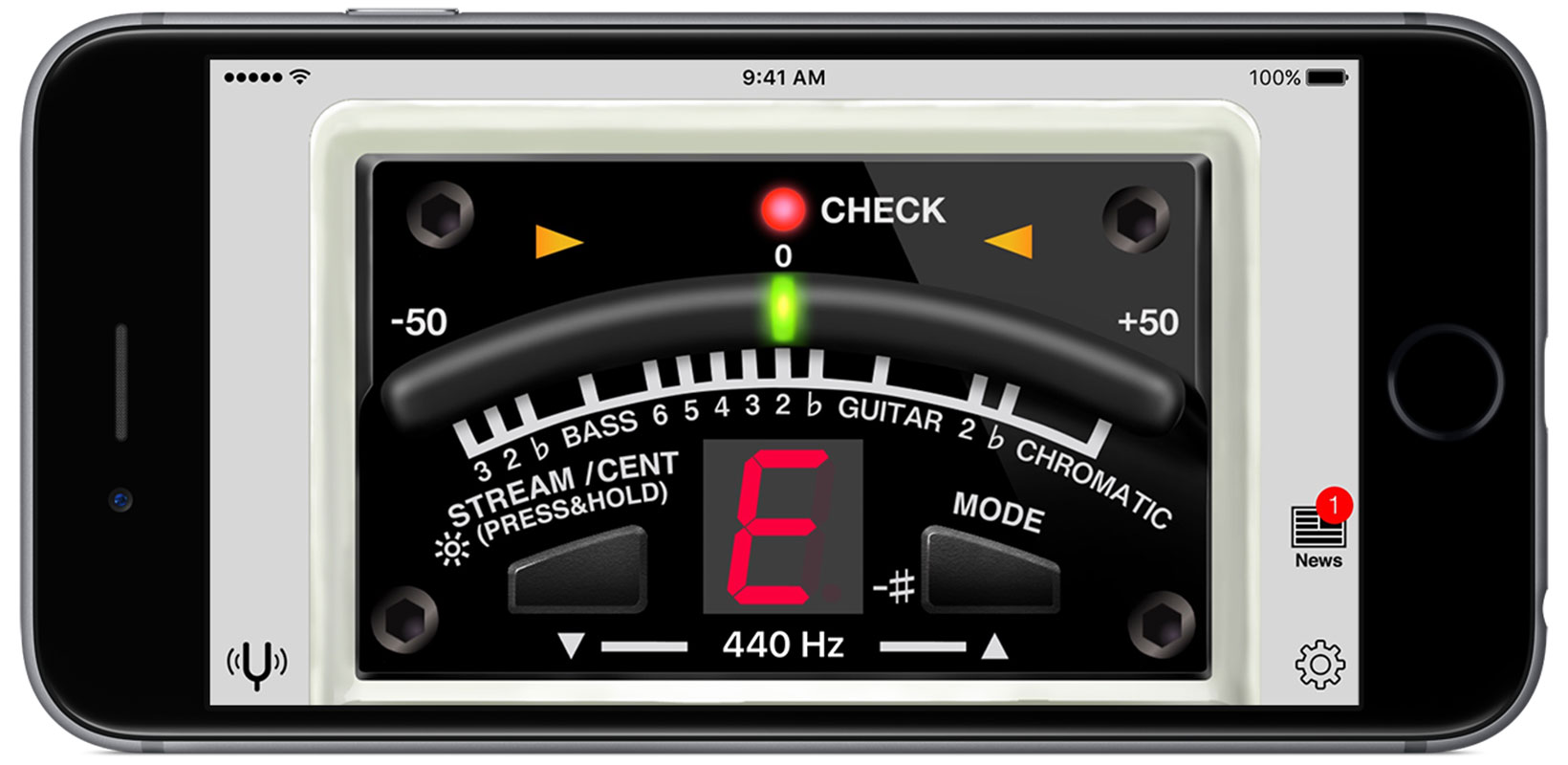

Doing this sets the strings and solidifies their current tuning.Įven if you've never heard of stretch tuning, you've likely encountered it. Before you go through another pitch raising procedure, make sure to strike every note several times. However, the octaves should be closer together than they were initially. The piano's tuning will still be far from sounding good. However, a sustainable pitch raise often needs more work.Īt this point, assess how well each of the strings held up. Once you've raised every note, you've finished the first tuning. Using this method in the bass notes is also effective. This method helps balance the tension of the strings more evenly and effectively keeps them more in-tune. Instead of tuning up or down note for note, tune all the A's first, B's second, etc. When you're tuning the treble, it's great to work in octaves. By the time you're done with the first round, many of the notes will have fallen flat again. Lots of times, it's necessary to go over the treble again after you've finished. Once again, make sure you don't overstretch them and do your best to avoid any breaks. Now, you'll start raising the treble strings to 20 cents sharp of the corresponding lower keys. Once you've raised the bass strings, the middle strings will likely be flat again. So, you need to make sure which note you're tuning beforehand. If the note is off by a lot, the tuner might think you're trying to tune to a different note. Pay attention to your tuner, and stop twisting once it signals that the key is in tune. Now, strike the C key constantly as you start twisting it to the right. Start out by loosening, or twisting left, the string lightly. Twisting the hammer left flattens the string while twisting it right sharpens it. Once you mute the two outside strings, you can completely focus on the middle string. Make sure you insert the mutes gently to avoid damaging the strings. Inserting a mute can damage the dampers because the strings move slightly. Without holding the sustain pedal, the dampers gently rest on the strings. As you're placing the mutes, always hold down the sustain pedal.

Before you start twisting and turning, you have to mute the other 2 strings. After you've found it, place the socket of your tuning hammer over the pin. If there are 3, start with the middle string, and find the pin that turns the middle string. Most pianos have 3 strings for middle C, while some of them only have 2. Where Can I Buy a Cheap Keyboard Piano?.
Free piano tuner how to#
Free piano tuner mac#
How to Connect My Casio Keyboard to a Computer | Garage Band | Mac | Laptop | iPad | iPhone | Chromebook.How to Fix Dead Keys on a Yamaha Keyboard?.How to Record a Yamaha Keyboard on a Computer.


 0 kommentar(er)
0 kommentar(er)
